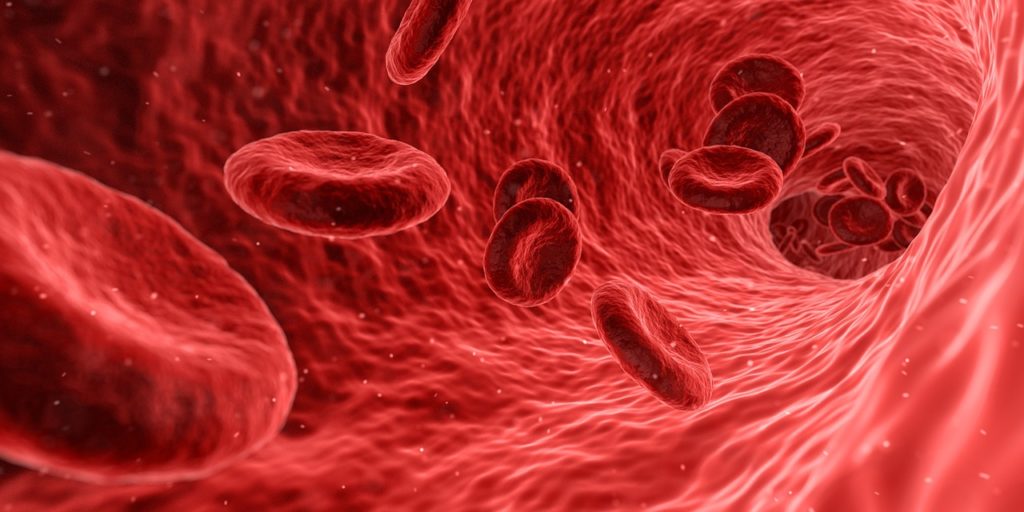What is Nitric Oxide?
Nitric oxide is a small molecule that is made by the cells lining the pulmonary arteries (vascular endothelium). It acts on the same blood vessels to promote blood vessel relaxation (vasodilation). Since the early 1980’s we have known that patients with Pulmonary Arterial Hypertension have reduced levels of nitric oxide. When nitric oxide is not present or is present at reduced levels, the pulmonary arteries squeeze abnormally (vasoconstrict).
For more than 20 years, nitric oxide has been available for use inside the hospital as an inhaled gas. It has been used in the cardiac catheterization laboratory to test for “vasoreactivity” (ability of the pulmonary artery pressure to fall quickly). We have used the inhaled medication in the intensive care units for patients with severe lung disease. However, the device that delivers the inhaled gas has been large and only available inside the hospital setting.
More recently a company called Bellerophon has developed a device that is able to deliver nitric oxide to patients outside the hospital. This device (called INOpulse) weighs 2.5 lbs and is completely portable. It may be used with a separate oxygen system. The company completed a phase 2 trial that showed that patients with PAH who are using oxygen in addition to inhaled nitric oxide had improved exercise capacity. This has led to a phase 3 trial that is ongoing. In this study, patients 18 to 85 years of age with PAH who are taking at least one background PAH therapy are randomized to either inhaled nitric oxide (via the INOpulse device) or placebo gas (also via the INOpulse device). Exercise capacity is then measured over time. The study lasts 18 weeks.
Vasodilator or Vasoreactivity Testing in PAH
We currently use nitric oxide during right heart catheterization to determine if patients are “vasoreactive”. Less than 5% of patients will show dramatic improvements in their PAH during short exposures to nitric oxide. The rare patient that shows this dramatic vasoreactivity is generally younger and has idiopathic PAH and not PAH associated with another disease (such as scleroderma). The prognosis for such patients is considered to be very good. The study that is currently ongoing looking at nitric oxide in chronic use is very different than vasoreactivity testing. In contrast to the short duration of exposure during a heart catheterization, the chronic use looks for changes in exercise capacity over 18 weeks not changes in pulmonary artery pressure over 5 minutes. Patients who do not improve during a heart catheterization may still benefit from chronic exposure.

